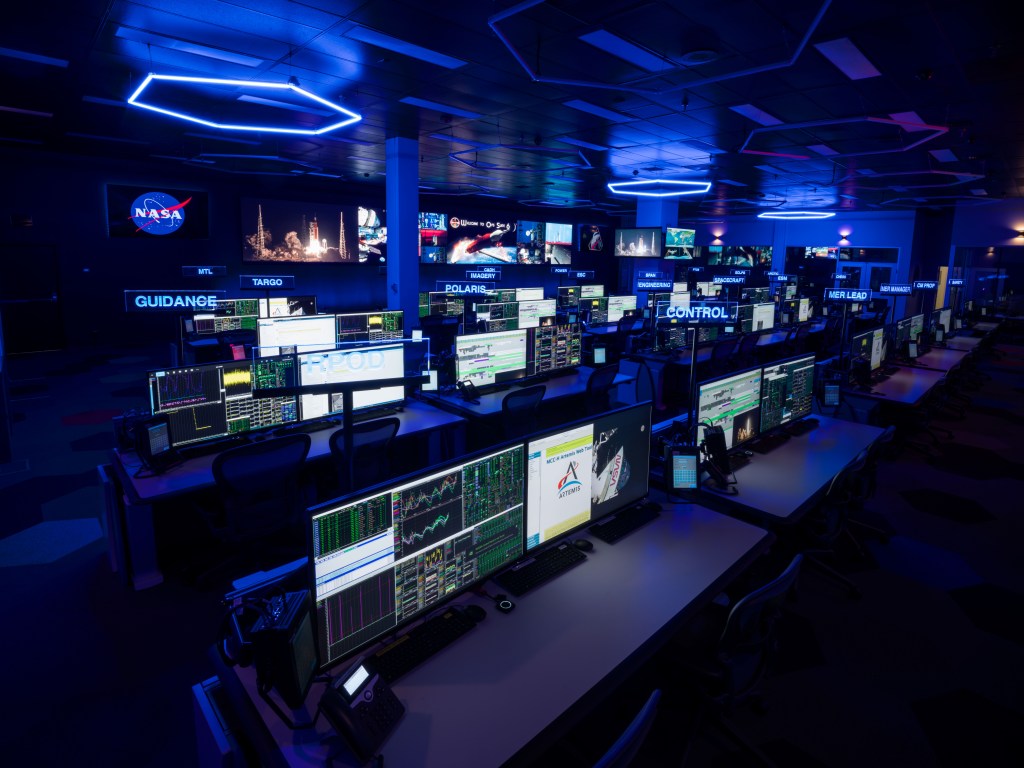Researchers using NASA's Hubble Space Telescope and Chandra X-ray Observatory have uncovered young, massive, compact galaxies whose raucous star-making parties are ending early. The firestorm of star birth has blasted out most of the remaining gaseous fuel needed to make future generations of stars. Now the party's over for these gas-starved galaxies, and they are on track to possibly becoming so-called "red and dead galaxies," composed only of aging stars.
Astronomers have debated for decades how massive galaxies rapidly evolve from active star-forming machines to star-starved graveyards. Previous observations of these galaxies reveal geysers of gas shooting into space at up to 2 million miles an hour. Astronomers have suspected that powerful monster black holes lurking at the centers of the galaxies triggered the gaseous outflows and shut down star birth by blowing out any remaining fuel.
Now an analysis of 12 merging galaxies at the end of their star-birthing frenzy is showing that the stars themselves are turning out the lights on their own star-making party. This happened when the universe was half its current age of 13.7 billion years.
"Before our study, the common belief was that stars cannot drive high-velocity outflows in galaxies; only more powerful supermassive black holes can do that," explained Paul Sell of Texas Tech University in Lubbock, lead author of a science paper describing the study's results. "Through our analysis we found that if you have a compact enough starburst, which Hubble showed was the case with these galaxies, you can actually produce the velocities of the outflows we observed from the stars alone without needing to invoke the black hole."
Team member Christy Tremonti of the University of Wisconsin-Madison first identified the galaxies from the Sloan Digital Sky Survey as post-starburst objects spouting high-speed gaseous fountains. The sharp visible-light views from Hubble's Wide Field Camera 3 show that the outflows are arising from the most compact galaxies yet found. These galaxies contain as much mass as our Milky Way galaxy, but packed into a much smaller area. The smallest galaxies are about 650 light-years across.
In such small regions of space, these galaxies are forming a few hundred suns a year. (By comparison, the Milky Way makes only about one sun a year.) This makes for a rowdy party that wears itself out quickly, in only a few tens of millions of years. One reason for the stellar shutdown is that the gas rapidly heats up, becoming too hot to contract under gravity to form new stars. Another possibility is that the star-birthing frenzy blasts out most of the star-making gas via powerful stellar winds.
"The biggest surprise from Hubble was the realization that the newly formed stars were born so close together," said team member Aleks Diamond-Stanic of the University of Wisconsin-Madison, who first suggested the possibility of starburst-driven outflows from these galaxies in a 2012 science paper. "The extreme physical conditions at the centers of these galaxies explain how they can expel gas at millions of miles per hour."
To identify the mechanism triggering the high-velocity outflows, Sell and his team used the Chandra X-ray Observatory and other telescopes to determine whether the galaxies' supermassive black holes (weighing up to a billion suns) were the powerhouses driving them. After analyzing all of the observations, the team concluded that the black holes were not the source of the outflows. Rather, it was the powerful stellar winds from the most massive and short-lived stars at the end of their lives, combined with their explosive deaths as supernovae.
Based on their analysis of the Hubble and Chandra data, team members suggest that the "party begins" when two gas-rich galaxies collide, funneling a torrent of cold gas into the merging galaxies' compact center. The large amount of gas compressed into the small space ignites the birth of numerous stars. The energy from the stellar firestorm then blows out the leftover gas, quenching further star formation.
"If you stop the flow of cold gas to form stars, that's it," explained Sell, who conducted the research while a graduate student at the University of Wisconsin-Madison. "The stars stop forming, and the galaxy rapidly evolves and may eventually become a red, dead elliptical galaxy. These extreme starbursts are quite rare, however, so they may not grow into the typical giant elliptical galaxies seen in our nearby galactic neighborhood. They may, instead, be more compact."
The team's results were published in the July 11 edition of the Monthly Notices of the Royal Astronomical Society.













































